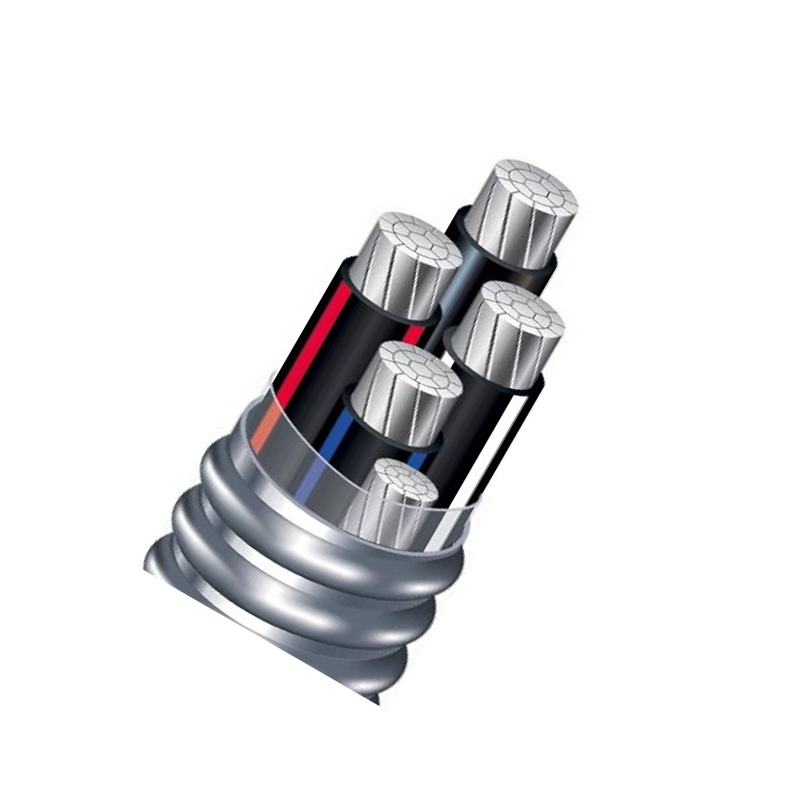Dec . 04, 2024 09:34 Back to list
epdm lined butterfly valves
EPDM Lined Butterfly Valves An Overview of Their Advantages and Applications
Butterfly valves are widely used in various industrial applications due to their simplicity, reliability, and efficiency in controlling flow. Among the different types of butterfly valves, EPDM (Ethylene Propylene Diene Monomer) lined butterfly valves stand out for their excellent chemical resistance, durability, and versatility. This article delves into the unique features, benefits, and applications of EPDM lined butterfly valves.
What Are EPDM Lined Butterfly Valves?
EPDM lined butterfly valves consist of a circular disc (the butterfly) which is mounted on a rotating shaft. The operation is straightforward; when the handle or actuator is turned, the disc rotates to either obstruct or allow flow through the valve. The valve body can be made from various materials such as carbon steel, stainless steel, or ductile iron, but what distinguishes EPDM lined butterfly valves is the lining of the disc and body with EPDM rubber. This elastomer material provides several advantages that enhance the valve's performance in demanding environments.
Advantages of EPDM Lined Butterfly Valves
1. Chemical Resistance One of the prime benefits of EPDM is its remarkable resistance to a broad range of chemicals, including acids, alkalis, ozone, and various solvents. This makes EPDM lined butterfly valves suitable for use in chemical processing, water treatment, and food and beverage industries.
2. Temperature Tolerance EPDM has an operational temperature range typically between -40°F to 200°F (-40°C to 93°C), which means these valves can function effectively in various conditions without degrading. This thermal resilience is critical for processes that involve hot or cold fluids.
3. Durability The lifespan of EPDM rubber under normal operating conditions tends to be superior to that of other materials, such as PVC or EPDM blends. Its robustness allows it to withstand the wear and tear of frequent operations, reducing maintenance costs and downtime.
4. Versatility EPDM lined butterfly valves can be adapted for a wide range of applications, from handling water and wastewater to transporting chemicals and slurries. Their versatility makes them a popular choice in diverse sectors, including manufacturing, agriculture, and municipal services.
5. Lightweight Design Compared to traditional valves, butterfly valves tend to be lighter, making them easier to handle, install, and maintain. This is particularly advantageous in systems where weight considerations are critical.
epdm lined butterfly valves

6. Efficient Flow Control The design of butterfly valves allows for smooth flow with minimal pressure drop when fully opened. They are excellent for regulating flow, making them ideal for throttling applications.
Applications of EPDM Lined Butterfly Valves
The versatility of EPDM lined butterfly valves makes them suitable for a variety of applications
- Water Treatment Facilities In municipal and industrial water treatment, these valves help manage the flow of water, chemical dosing, and sludge handling.
- Chemical Processing In plants that handle aggressive chemicals, the EPDM lining ensures compatibility with harsh substances while keeping systems leak-proof.
- Food and Beverage Industry EPDM is safe for contact with food products, making these valves ideal for applications in brewing, cider production, and wastewater treatment within the food sector.
- HVAC Systems They are also used in heating, ventilation, and air conditioning systems for controlling air and water flow efficiently.
Conclusion
EPDM lined butterfly valves represent a robust and reliable choice for many industrial applications. Their excellent chemical resistance, durability, and lightweight design make them particularly suited for environments where performance and reliability are critical. By choosing EPDM lined butterfly valves, industries can ensure efficient flow control while maintaining safety and compliance with regulatory standards. Whether in water treatment, chemical processing, or food production, these valves are a testament to innovative engineering that meets the demands of modern applications.
Share